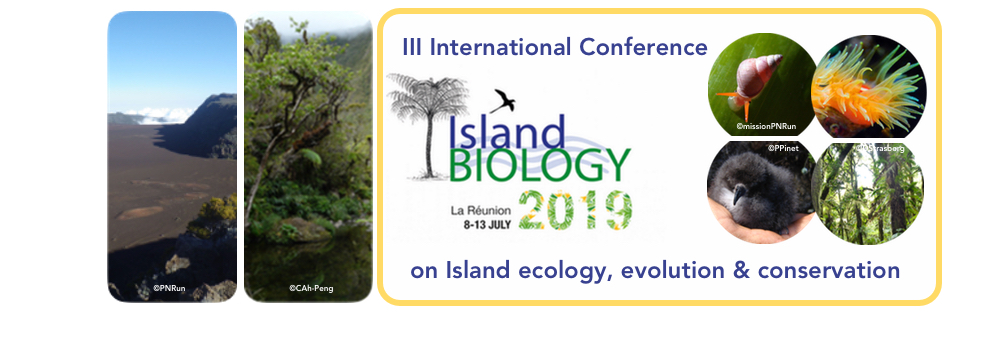Species diversity on islands is the result of colonization, extinction and speciation. Beyond the classical approach of alpha diversity, beta diversity partitioning provided fresh insights into the assembly mechanisms that drive the extent of change in community composition on islands. To identify geographical drivers determining the relative partitioning of species replacement and richness difference or nestedness-resultant components of beta diversity in spider groups with differing dispersal modalities (frequent, occasional or non-ballooners). We sampled spider assemblages on 31 land-bridge islands for two years in the Thousand Island Lake, China. Two frameworks were used to separate beta diversity (βcc or βjac) of each group into either species replacement (β-3) and richness difference (βrich) components, or turnover (βjtu) and nestedness-resultant (βjne) components. Mantel and partial Mantel tests were performed to determine correlations between pairwise dissimilarities and difference in island area, difference in distance to mainland and inter-island distance for each group. The multiple-island dissimilarity of spiders was primarily driven by turnover. Beta diversity (βcc or βjac) was positively associated with difference in island area in frequent ballooners, and negatively associated with difference in island area in occasional ballooners. Difference in island area had positive effects on βjne for all groups, but negative effects on β-3 and βjtu for occasional or non-ballooners. βrich was positively associated with difference in island area in frequent and non-ballooners. We did not find any significant isolation effects for these three measures of dissimilarity. The dominant process of extinction resulted in a high contribution of turnover to the multiple-island dissimilarity of spiders. Specifically, frequent ballooners contributed less turnover to multiple-island dissimilarity than occasional and non-ballooners. The most likely explanation for this is that frequent ballooners were potentially able to colonize all islands, whereas occasional and non-ballooners were constrained by water barriers and were unable to occupy most islands. Contrasting dissimilarities among dispersal groups of spiders demonstrates the importance of beta diversity partitioning, and the mechanistic insight gained on trait-dependence in community assembly.

|
|
|
|
Dispersal modality determines the relative partitioning of beta diversity in spiders on a subtropical land-bridge archipelago
1 : Hubei University 368 Youyi Ave, Wuchang District, Wuhan, China -
China
|
| Online user: 28 | RSS Feed |

|
 PDF version
PDF version